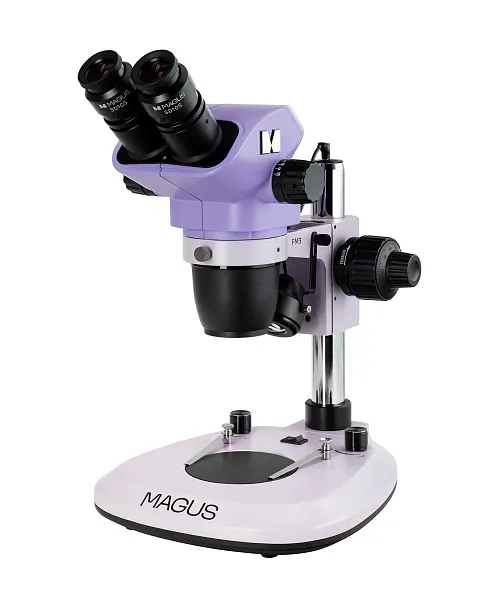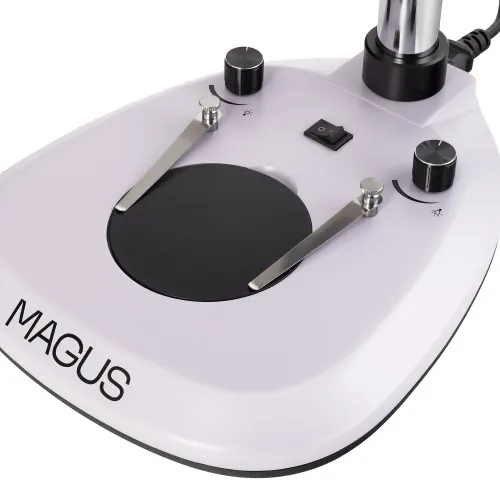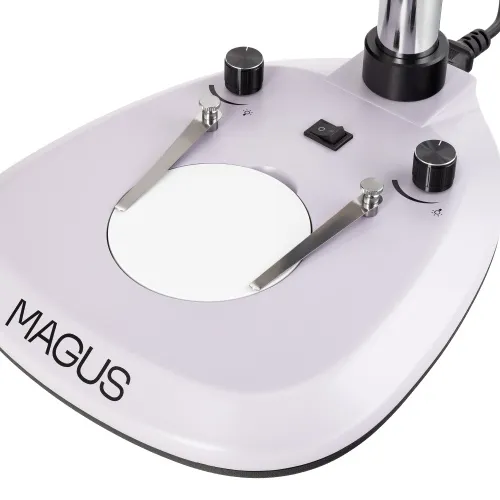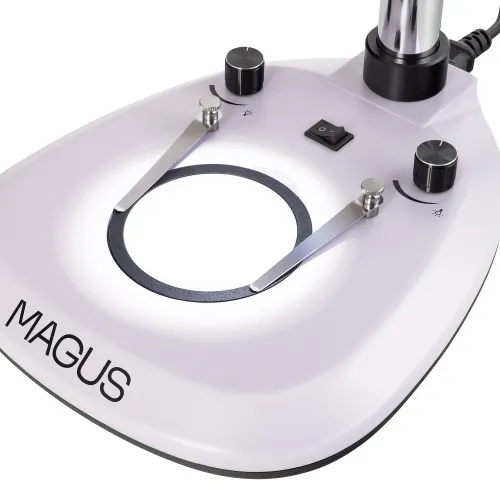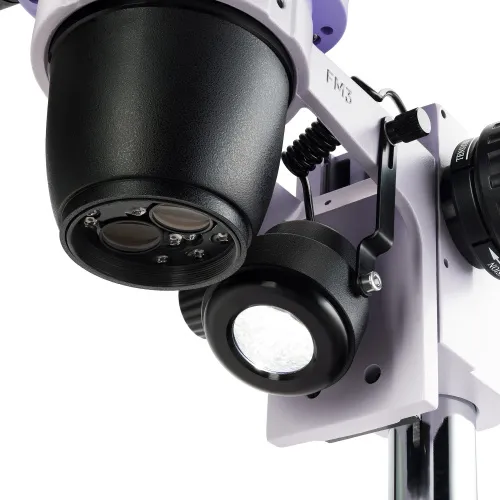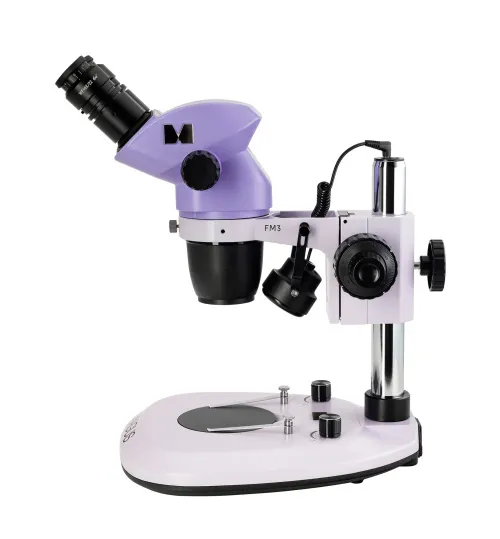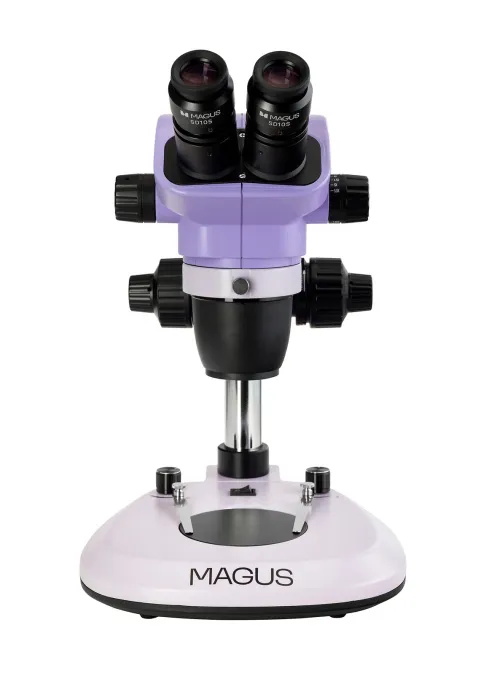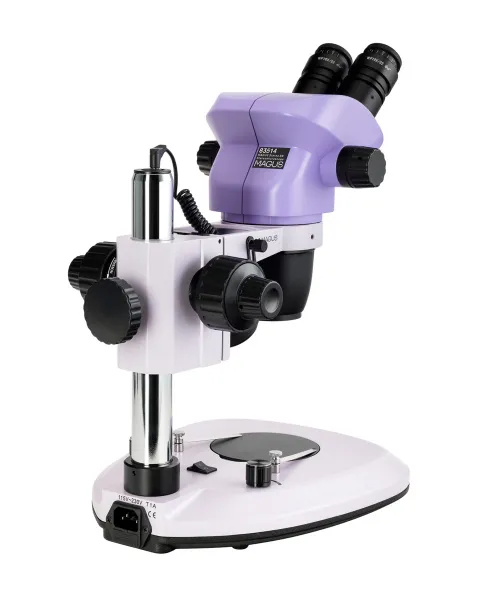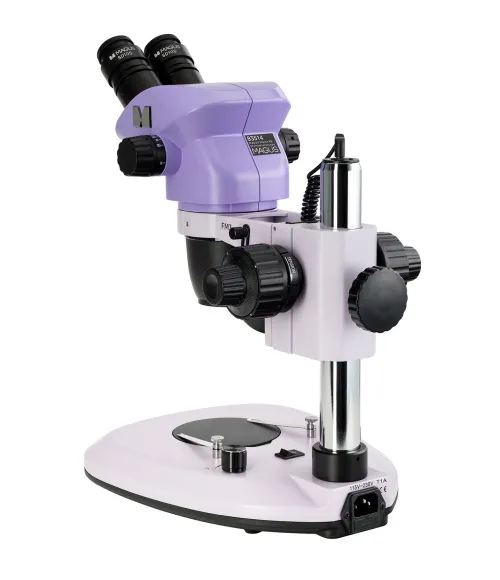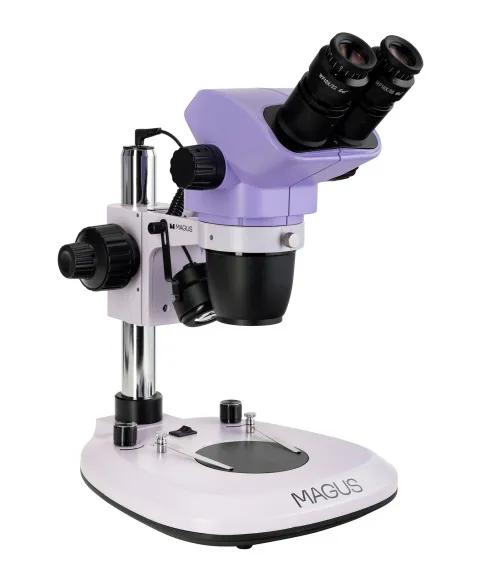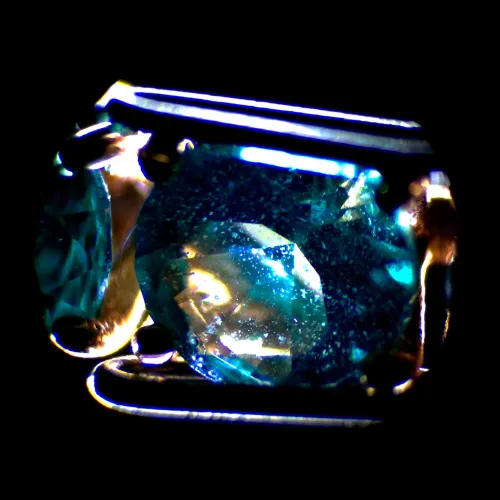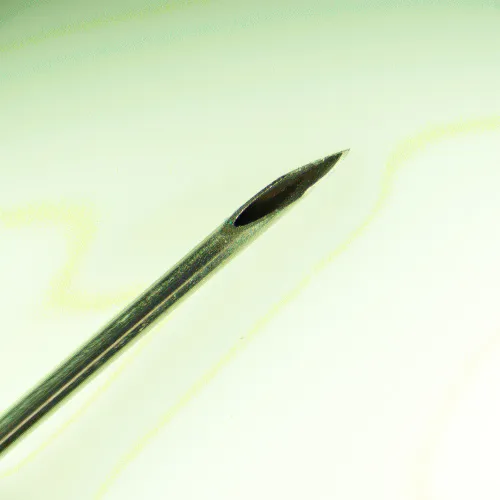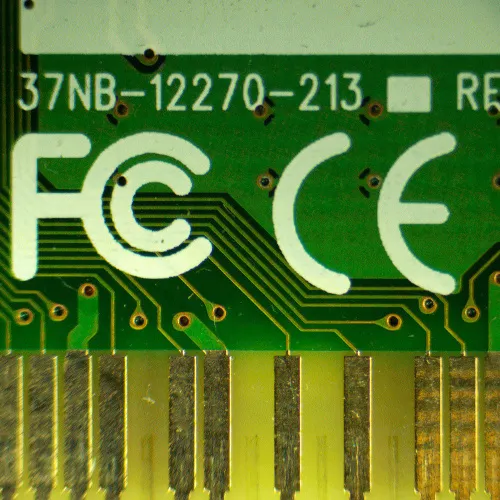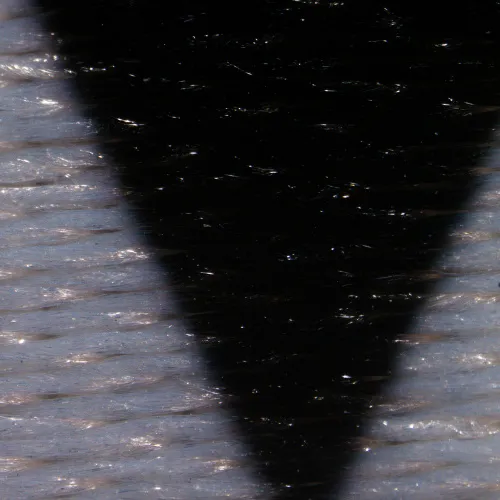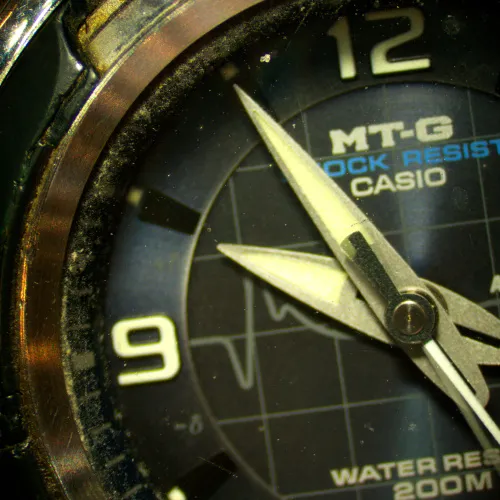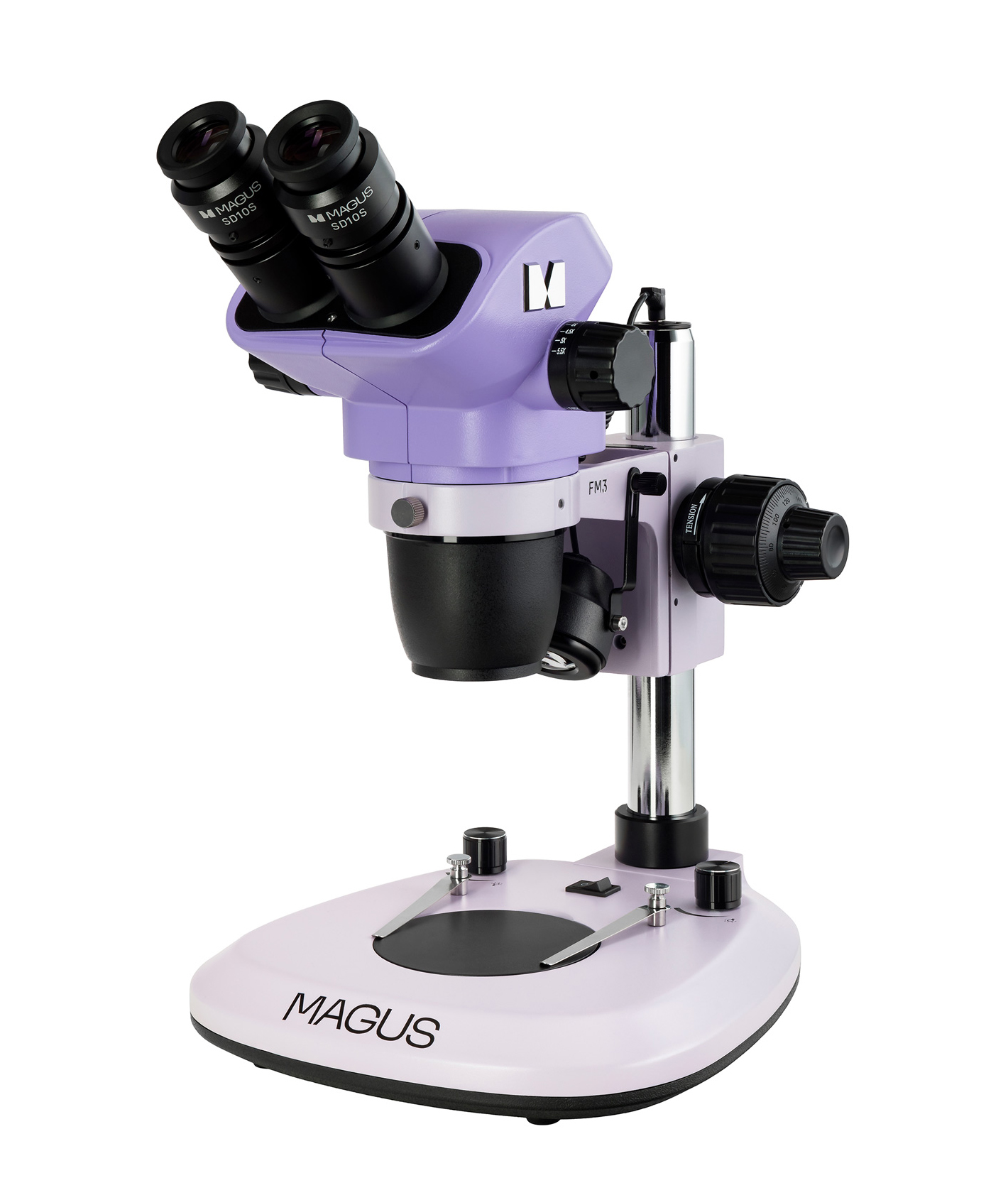MAGUS Stereo 8B Stereomicroscope
Magnification: 6.5–55x. The Greenough optical design. Binocular head, 3W LED transmitted light Illuminator, 3W LED reflected light oblique Illuminator
| Product ID | 83514 |
| Brand | MAGUS |
| Warranty | 5 years |
| EAN | 5905555019796 |
| Package size (LxWxH) | 52x37x36 cm |
| Shipping Weight | 7.5 kg |
MAGUS Stereo 8B is a binocular stereomicroscope with a rotating head. With its help, you can work on three-dimensional samples: The microscope forms a three-dimensional image with a high depth of field and transmits an authentic image of the object. This makes it convenient to carry out the necessary manipulations on the object. The Greenough microscope with independent optical channels has a 15° stereoscopic angle, and its working area ranges from 105mm (basic configuration) to 177mm (optional). The basic methods of working on the device in transmitted and reflected light (brightfield) can be supplemented by the darkfield method and simple polarization with accessories.
The microscope head includes two tubes and is complemented with eyepieces with 10x magnification and a 22mm field of view. A digital camera can be mounted in one of the tubes in place of the eyepiece. The head rotates around its axis and can be put in any position.
The main magnification is provided by the zoom objective. Together with smooth zoom, it adjusts the focal length of the optical system so that the focus is always on the subject. The MAGUS Stereo 8B microscope has a zoom ratio of 8.4:1. You can change the magnification or field of view as well as adjust the working distance, using auxiliary objective lenses.
Sharpness is adjusted by coaxially located knobs; there is both coarse and fine adjustment. Fine focusing is recommended for magnifications greater than 40x. The knobs are on the sides of the stand. The user can adjust the stiffness of the coarse focusing travel.
The microscope can be used to observe both transparent and opaque samples. For these purposes, the stage is equipped with two plates: transparent and black-and-white. The first is needed when working in transmitted light: The object receives soft and even lighting. The second plate is installed when working with reflected light. Its surface should be contrasting to the object.
The object is lit by two LED illuminators, transmitted and reflected light. Both have 3W power and a service life of 50,000 hours.
This line of microscopes is complemented with a wide range of accessories. The user can purchase the necessary eyepieces and auxiliary objective lenses to adjust magnification, field of view, and working distance. Supplement the set with a digital camera to capture your observations or display them on a big screen. Paired with a camera or eyepiece with a scale, a calibration slide can help you measure a sample or its individual elements. For the effective examination of a sample, there are several types of illuminators: a classic ring illuminator, a ring illuminator with a polarizer for studying smooth metal objects (removes glare), a ring illuminator with sector control to adjust the correct incidence of light and shadows, and a “gooseneck” illuminator that can be pointed at a specific spot. To install the microscope head in the optimal position, you can select an appropriate stand. Placing an object on the mechanical stage allows it to be moved along two axes softly and smoothly. To carry out work in the darkfield or in polarized light, the microscope can be equipped with a darkfield condenser or a polarization device. If you use the condenser with a gem clip, a stereomicroscope becomes an excellent tool for jewelry work.
Key features:
- The Greenough optical design provides a 15° stereoscopic angle: objects of observation are visible in volume and their relief is clear
- The zoom objective smoothly changes the magnification of the subject by 8.4x, while simultaneously adjusting the sharpness
- The main working methods are in transmitted and reflected light in a brightfield, built-in 3 W illuminators
- Additional methods can be used with optional accessories: these are darkfield and simple polarization methods
- A wide variety of accessories can make your microscope work more efficiently
The kit includes:
- Base with built-in transmitted light source, built-in power supply, and a stand with a focusing mechanism
- Microscope head – objective with binocular head
- Eyepiece 10x/22mm with a long eye relief and diopter adjustment (2 pcs.)
- Black-and-white plate
- Transparent plate
- Reflected light oblique illuminator
- AC power cord
- Dust cover
- User manual and warranty card
Available on request:
- 10x/22mm eyepiece with scale
- 15x/16mm eyepiece (2 pcs.)
- 20x/12mm eyepiece (2 pcs.)
- 25x/9mm eyepiece (2 pcs.)
- 30x/8mm eyepiece (2 pcs.)
- Auxiliary objective lens 0.5x
- Auxiliary objective lens 1.5x
- Auxiliary objective lens 2x
- Polarization device
- Darkfield condenser
- Ring illuminator
- Ring illuminator with polarizing filter
- Ring illuminator with sector switching
- Gooseneck illuminator
- Mechanical stage
- Universal stand with a focus mount
- Gem clip
- Digital camera
- Calibration slide
| Product ID | 83514 |
| Brand | MAGUS |
| Warranty | 5 years |
| EAN | 5905555019796 |
| Package size (LxWxH) | 52x37x36 cm |
| Shipping Weight | 7.5 kg |
| Type | stereo/instrumental |
| Microscope head type | binocular |
| Head | 360 ° rotatable, lockable in any position |
| Head inclination angle | 45 ° |
| Magnification, x | 6.5 — 55 |
| Magnification, x (optional) | 3.25–330 |
| Zoom ratio | 8.4:1 |
| Eyepiece tube diameter, mm | 30 |
| Eyepieces | 10x/22 mm, long eye relief (*optional: 10x/22 mm with scale, 15x/16, 20x/12, 25x/9, 30x/8) |
| Objectives | 0.65–5.5x (*optional: when using additional eyepieces and auxiliary objective lenses: 3.25–330x) |
| Working distance, mm | 105 (optional: when using additional eyepieces and auxiliary objectives: 177, 47, 26) |
| Interpupillary distance, mm | 54 — 75 |
| Linear field of view, mm | 33.8 — 4 |
| Stage, mm | Ø95 |
| Stage features | black/white plate, transparent plate |
| Eyepiece diopter adjustment, diopters | ±5D on each eyepiece |
| Eyepiece diopter adjustment | ✓ |
| Focus | coaxial, coarse (45mm, with coarse focusing tension adjustment) and fine (0.002 mm) |
| Illumination | LED |
| Brightness adjustment | ✓ |
| Power supply | 115–230V, 50/60Hz, AC network |
| Light source type | reflected light: oblique illuminator – 3W LED; transmitted light: 3W LED |
| Operating temperature range, °C | 0...+40 |
| Ability to connect additional equipment | auxiliary objectives (0.5х, 1.5х, 2х), darkfield condenser, polarization device |
| User level | experienced users, professionals |
| Assembly and installation difficulty level | complicated |
| Optical scheme | Greenough stereomicroscope |
| Application | for applied research |
| Illumination location | dual |
| Research method | bright field |
| Pouch/case/bag in set | dust cover |
We have gathered answers to the most frequently asked questions to help you sort things out
Find out why studying eyes under a microscope is entertaining; how insects’ and arachnids’ eyes differ and what the best way is to observe such an interesting specimen
Read this review to learn how to observe human hair, what different hair looks like under a microscope and what magnification is required for observations
Learn what a numerical aperture is and how to choose a suitable objective lens for your microscope here
Learn what a spider looks like under microscope, when the best time is to take photos of it, how to study it properly at magnification and more interesting facts about observing insects and arachnids
This review for beginner explorers of the micro world introduces you to the optical, illuminating and mechanical parts of a microscope and their functions
Short article about Paramecium caudatum - a microorganism that is interesting to observe through any microscope

